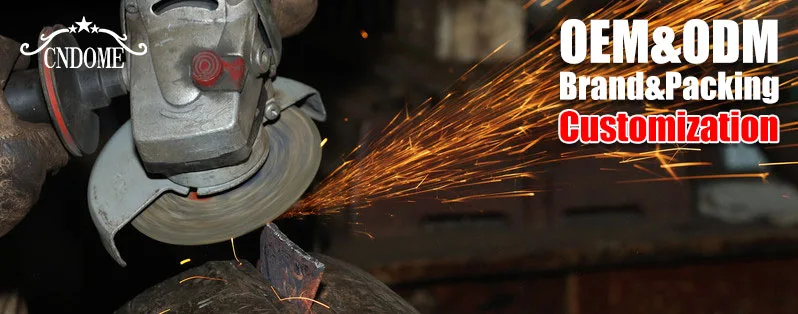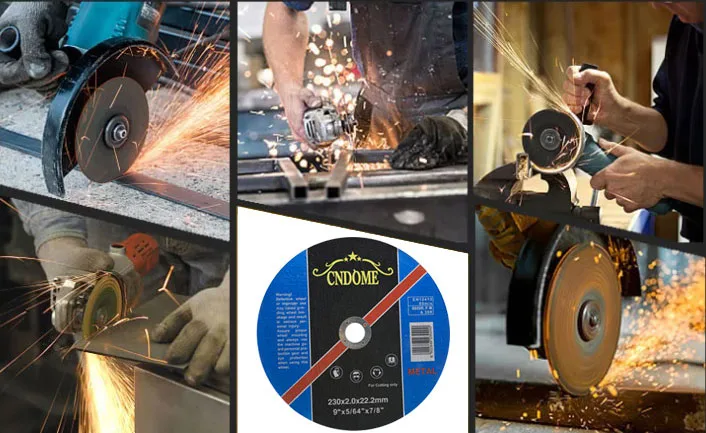In the world of material processing and shaping, cutting and shaping are the fundamental processes that underpin much of manufacturing and construction. Cutting processes are numerous, ranging from traditional methods like sawing to modern technologies such as laser cutting and waterjet cutting. However, grinding, a process that often takes a backseat to cutting, holds its own set of advantages that can’t be overlooked. In this blog, we’ll explore why grinding often emerges as the superior choice in many applications.
1. Precision Beyond Compare
One of the standout advantages of grinding over other cutting processes is its unparalleled precision. In traditional cutting processes, there’s often a trade-off between speed and precision. However, grinding doesn’t make you choose between the two. The abrasive grains used in grinding wheels allow for minute and exact material removal, creating a smoother, more precise finish. This makes grinding the go-to choice for applications where exact dimensions and fine surface finishes are crucial.
2. Versatility in Materials
Grinding is remarkably versatile when it comes to the materials it can handle. While some cutting processes may struggle with tougher materials like hardened steel, ceramics, or composites, grinding excels. The abrasive nature of the grinding wheel allows it to effectively cut through a broad spectrum of materials, making it a favorite for industries such as aerospace, automotive, and tool manufacturing.
3. Improved Surface Finish
Grinding goes the extra mile in achieving superior surface finishes. The grit in the abrasive wheel grinds material down to a micro-level, eliminating irregularities and defects on the surface. This capability is highly valued in industries like automotive, where fine finishes are critical for performance and aesthetics.
4. Reduced Heat-Affected Zone
Certain cutting processes, such as laser cutting or plasma cutting, generate significant heat during the operation. This can lead to a heat-affected zone (HAZ), which can alter the material’s properties, often undesirably. In contrast, grinding produces minimal heat during the process, reducing the size and impact of the HAZ. This makes it a preferred method for materials sensitive to heat, like hardened steel or alloys.
5. Tight Tolerances
Grinding has an upper hand when it comes to maintaining tight tolerances. When precision is paramount, grinding is the choice to ensure that each part conforms to the required specifications. This is why it’s commonly used in industries where exact fits are essential, such as in the production of precision bearings or aerospace components.
6. Reduced Tool Wear
Compared to traditional cutting processes, grinding wheels tend to last longer. The abrasive grains used in grinding have a longer life, reducing the frequency of tool changes. This not only cuts downtime but also contributes to cost savings.
Conclusion
While cutting processes are vital across various industries, grinding stands out as the superior choice in many situations. Its precision, versatility, and ability to deliver exceptional surface finishes make it a top contender when exacting standards and challenging materials are involved. By embracing grinding as a key process in manufacturing and construction, professionals unlock the potential for greater efficiency and quality in their work.




